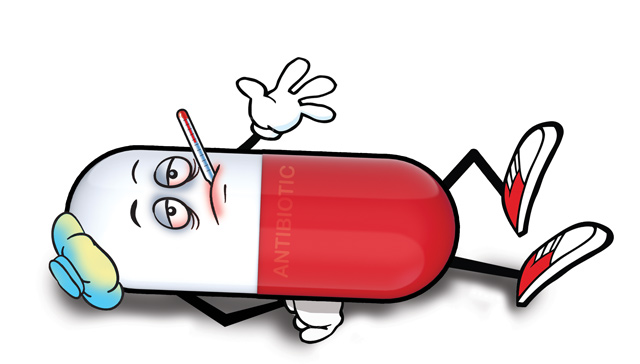422 million, that is over 5 percent of the world population, suffers from diabetes. Whereas we expect these numbers to soar drastically in the coming years. Thus Diabetic Disorder is the next Big elephant in the room.
Scientifically, Diabetes is a long-term illness compromising one’s ability to maintain blood sugar levels. We normally have a set level of sugars in our blood that varies within a safe range. Whereas, exceeding or receding from this range can cause a wide variety of damages to the human body.
Types Of Diabetes
There are two mainly prevalent types of Diabetes found throughout the world, type 1 and type 2 diabetes. Of these, the latter is the more common one.
Diabetes Prevention
You can prevent yourself from Diabetes. All you have to do is to keep a track of your eatables and exercise. Always use healthy fresh food items loaded with fruits, vegetables and high-fiber diet. When your tummy is healthy, you are healthy. List of To-Do’s
- Reduce Sugar and Carbs
- Drink plenty of water
- Workout Constantly
- Lose Weight
- No sedentary behavior
- No or reduced Fast-Food intakes
- Coffee and Tea are good

Insulin And Diabetes
To understand the disease, it is necessary to understand the action of Insulin in our bodies. We can understand hormones as chemicals that are protein in nature which our bodies produce to perform a wide range of regulatory functions. Pancreas is a body organ which produces Insulin. Thus insulin is the regulator that checks the levels of Glucose, which is the sugar currency of our bodies.
Blood Sugar Level
Diagnosing the disease requires clinical and laboratory workup. The normal range of glucose in our blood varies throughout the day concerning our sugar intake. We measure the blood glucose levels either randomly at anytime of the day or after a fast of about 8 hours and we suppose it to be less than 100 mg/dL or less than 140mg/dL, respectively.
The most important factors for the public to ponder on, are the risk factors and symptoms of this silent but deadly disease.
Diabetes Symptoms
To begin with, the following are some symptoms or cases in which an individual is at risk of developing diabetes
- Age
- Race
- Obesity [Lose weight]
- Hypertension
- Lethargy or inactivity
- Family history of Diabetes
Though diabetes has no clear symptoms acute or vivid, it causes harm to our bodies in several ways. These detrimental changes begin at a micro-level. They may be changes in the retinas of our eyes to the nephrons of our kidneys. A further spread can head to any other organ or extremity often affecting the feet of a diabetic individual (diabetic foot).

The Patient
Hence a person at risk or anyone should be on the watch out for these symptoms and get their clinical workup done regularly. The degree of successful treatment or control relies on early diagnosis. So the earlier, the better. The signs to be careful of, most commonly are; abnormal thirst, increased frequency of urination, fat and or muscle loss, fatigability, irritation or itch around the genitals and last but not the least is slow healing of wounds, cuts or ulcers.
Diabetes Treatment
The treatment of diabetes involves insulin and other drugs like Metformin and Acarbose to regulate glucose levels. Another very important therapeutic measure is lifestyle modification to rid oneself as much as possible of the risk factors. But all these therapies are to be controlled, prescribed and executed by doctors and need thorough observations.

The most we can do is to ensure a healthy lifestyle for ourselves and our loved ones and report immediately to the doctor even on the slight off chance of suspicion towards the disease. Considering all this, we can surely say that diabetes, is a disease that needs to be taken seriously.




